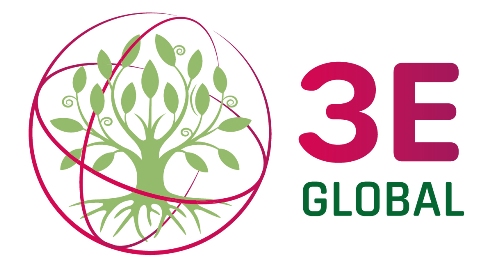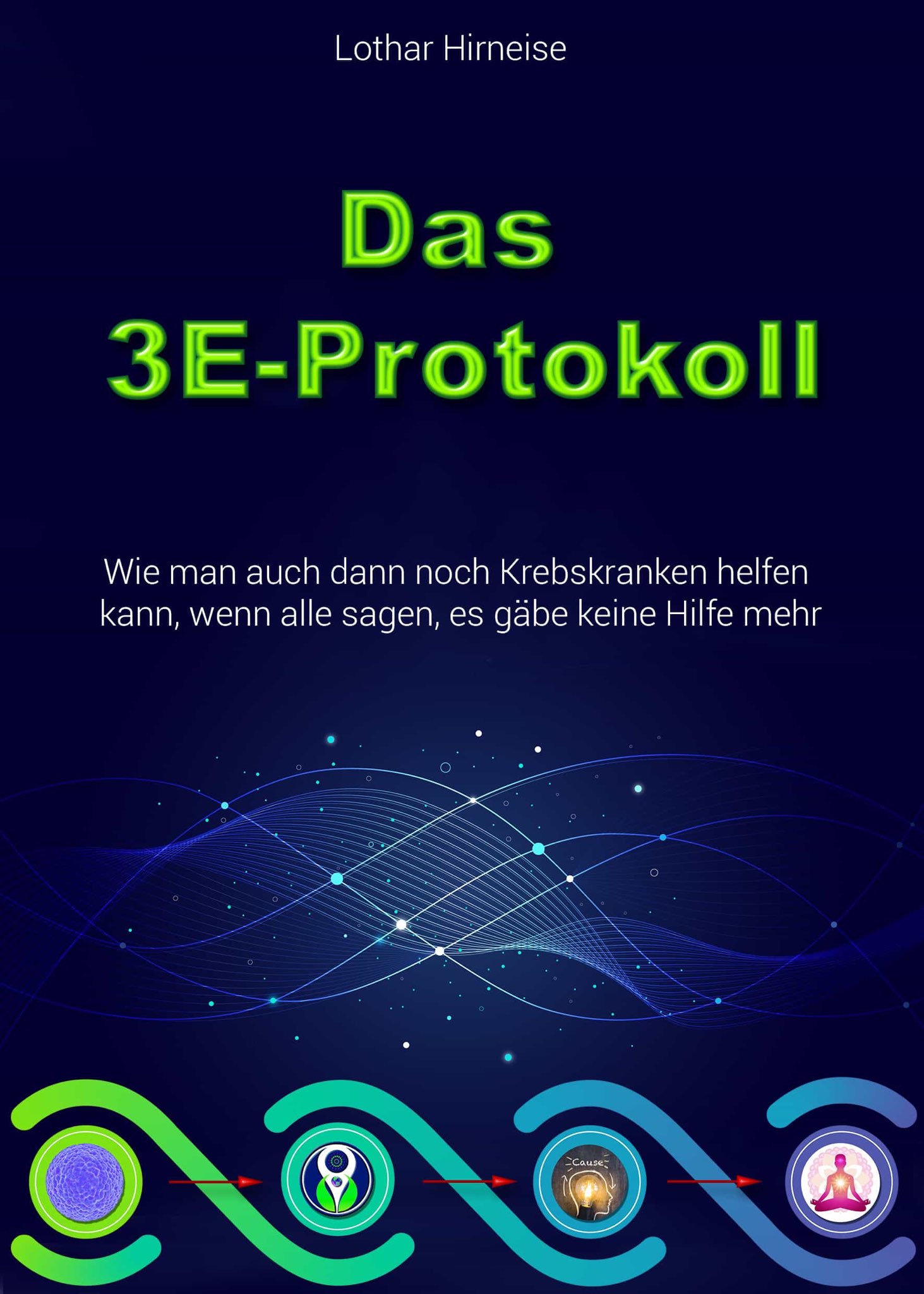How successful is university oncology, really?
Every day we can read in some newspaper what permanent, incredible progress there is in oncology. And that’s true if you have acute leukemia, lymph node cancer or testicular cancer. But for all other cancers, unfortunately, the statistics look nowhere near as positive, as you can see relatively easily from the death rates. Don’t you agree that fewer people would have to die from cancer if all this positive news about all the supposedly new and better drugs were true?


Our offer to you!
We could now tell you an incredible amount about what has been going wrong in oncology worldwide for decades. But that is not the task of this website. Instead, we want to tell you why we are convinced that you too can benefit from our 3E program.
We want to make it clear at this point that we are not trying to convince anyone of anything. It is not our job to dissuade people from any therapy or to persuade people to any therapy. Instead, with the 3E program, we want to make you an offer that has proven in the past that it could help cancer patients, and often even cancer patients in a very late stage. No more and no less. In order to better understand why we do it the way we do, we would like to tell you a bit about the origin of the 3E program below.
Many countries, many interviews!
The well-known cancer researcher Lothar Hirneise was able to find out in more than 10,000 conversations, with primarily terminal cancer patients, that the areas of detoxification, nutrition and energetic work played a major role in patients who were sent home to die, but who then did not die despite the poor prognosis of their doctors. He first published this in his book, Chemotherapy Cures Cancer and the Earth is a Disc, in 2002.
As a cancer patient, it is extremely helpful to know that this knowledge is not taught at any university in the world. This is simply because all people who have survived to a final stage are considered miracles or spontaneous remission in university oncology. Don’t you find it surprising that there are no independent studies on this in university oncology, let alone a specialty for something so important? If you consider that in Germany alone more than 200,000 cancer patients per year fall into the category of abandoned cancer patients, you have to wonder about this very much at first glance.

We kill cells. Basta!
However, at second glance or as an insider of oncological matter, one understands this very well. University oncology is completely designed to destroy a tumor. And that exclusively. All other therapies are not only not taught at western universities, but completely ignored or avoided. The reason for this is obvious, because if one could prove in university studies that cancer cells can be made to die or turn back into healthy cells without extremely side-effect-laden therapies such as chemotherapies, this would revolutionize or call into question the entire university oncology. As bad as this is for cancer patients, unfortunately university medicine, pharmaceutical companies and also governments are not interested in this, because the current oncology works excellently for these 3 groups.
Another point is very unwillingly discussed. All people who have survived cancer at a later stage and recovered have done non-university therapies. Cytostatic therapies such as chemotherapy, radiation, or antibody therapies unfortunately do not help cancer patients who have metastasized. Of course, this is not a great compliment to university medicine and therefore this scientific fact is ignored and negated. Nevertheless, this does not change this fact.
The disadvantages of this status quo are obvious. First and foremost are the annually growing number of cancer deaths and the increasingly expensive, but not more effective, cancer therapies. Exactly for these reasons, the group of holistically thinking physicians and scientists, who no longer want to practice this one-sided oncology, has been growing for years. And thereby, of course, also the group of cancer patients who no longer want to passively receive therapies with extreme side effects and questionable success.

What are the main differences between university and non-university oncology?
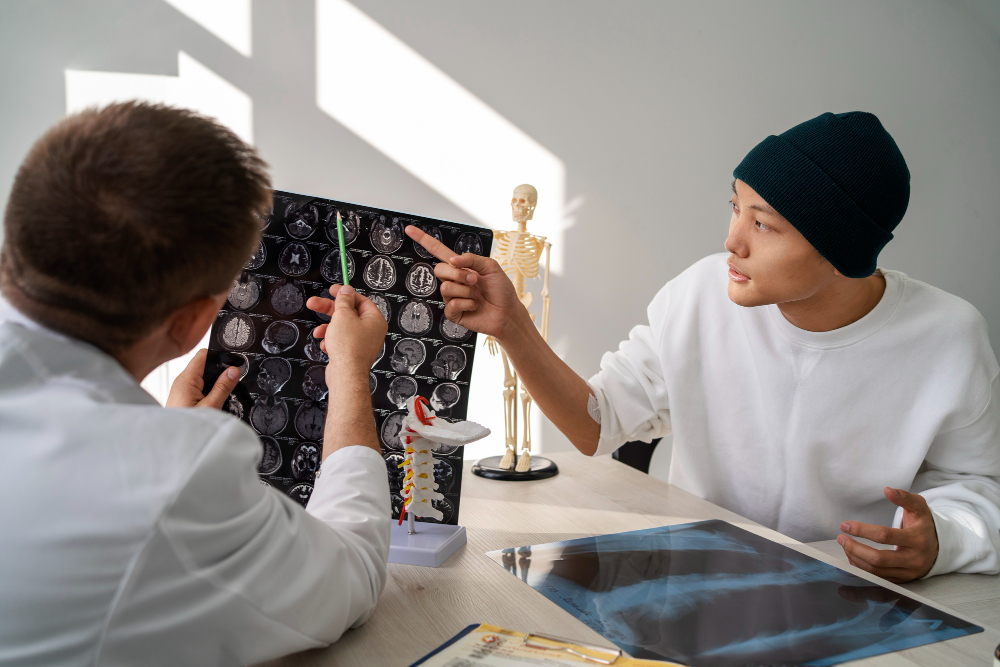
University Medicine:
Cancer is a mutation of the cell nucleus and cancer cells are malignant and must be killed. Diagnosis is almost exclusively considered to be a biopsy. All therapies outside of surgery, chemotherapy, radiation, antibodies, and anti-hormone therapies are considered ineffective. Other therapies, especially non-patentable ones, are rejected. The patient himself can do nothing, since everything is caused by a mutation.

Non-University Medicine:
While only cytostatic therapies exist in university medicine, there are four therapy groups in non-university oncology. In addition to the cytostatic group (vitamin C high dose, Galvano therapy, Ukrain therapy, PDT, etc.), which also exists in non-university medicine, there are also immune system altering therapies, nutritional therapies and cause-seeking therapies.
Dogmas and contradictions!
The fact that more and more doctors are turning away from university medicine is also due to the many extreme contradictions. As an example of the many contradictions, we would like to name five of them:
Contradiction 1: Mutations
Although the mutation theory was refuted as early as the 1970s by researchers such as Prof. Illmensee, Prof. Seeger, Prof. Stevens, Prof. Mintz, and then in the 1980s by researchers such as Prof. Shay and Prof. Schaeffer, it continues to be taught. All of these world-renowned luminaries in cancer research have demonstrated the following:

1: One can transplant the nucleus of a cancer cell into a healthy cell and propagate these cells. If these cells are then injected into animals, cancer does not develop, even though these cells contain mutated cancer DNA.
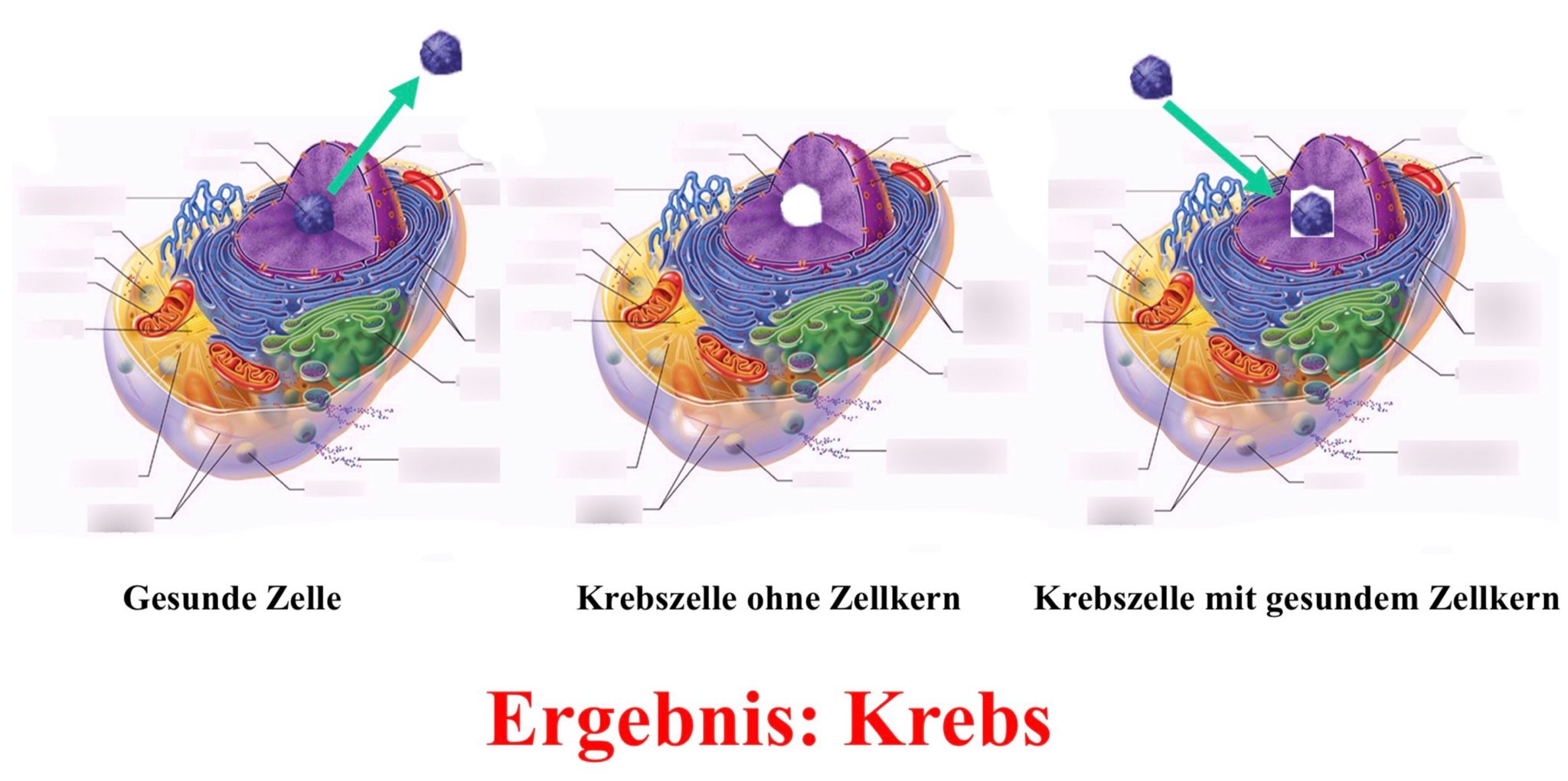
2: One can transplant a healthy cell nucleus into a cancer cell and multiply these cells. If these cells are injected into animals, tumors develop, even though they do not contain DNA with mutations.
Points 1 and 2 completely contradict the mutation theory, because according to this theory, “evil” is supposedly in the cell nucleus, i.e. in our DNA. In all studies, however, it has been shown that the cell nucleus has no influence on whether a tumor develops, but everything else outside the cell nucleus, primarily the disturbed mitochondria. Of course there are mutations in the cell nucleus, these are easy to diagnose and are not denied by anyone in non-university research. But these arise during a cancer disease and not at the beginning, so they can never be the cause.

Contradiction 2: Biopsies
A 3 cm tumor can have over 20 billion cells. If a hole of more than 1 cm is made in this tumor with a cannula during a biopsy, thousands of cancer cells will logically emerge from the tumor. Anyone who claims otherwise here should please explain to you how it is possible to stab into human tissue without it bleeding. In addition, the encapsulation of the tumor is destroyed. Exactly THE encapsulation that prevents cancer cells from escaping. At the same time, university oncology teaches at all universities that even a single scattered cancer cell can cause metastases. So, against better knowledge, the scientific fact of the danger of a biopsy is not passed on to patients until today and it is pretended that metastases cannot be caused by biopsies. Of course, this does not mean that every biopsy leads to metastasis. But to act as if biopsies are basically harmless in terms of metastasis is misleading. In addition, biopsies have completely displaced other diagnostic options, although these are also very accurate, such as PET/CTs.
Contradiction 3: Toxins
At all universities worldwide it is taught that it is primarily toxins that lead to mutations. But if this is really the case, wouldn’t the logical consequence be that doctors analyze which individual toxins these were in a cancer patient, so that he doesn’t get cancer again a few years later because of these toxins? And wouldn’t it then be necessary for cancer patients to detoxify their highly poisoned bodies and for doctors not to poison them additionally with chemotherapies and antibodies? In the university medicine not even the big lactic acid problem is treated by the fermentation metabolism of cancer cells and thus logically permanently new cancer cells develop, since healthy cells convert themselves by too little oxygen to cancer cells. By the way, this is not new knowledge, because Otto Warburg already received a Nobel Prize for this in 1931.


Contradiction 4: Cancer studies
The gold standard of all medical studies are the so-called randomized, placebo-controlled double-blind studies. But in university oncology, of all places, this gold standard is almost never applied. Instead, chemotherapy A is compared with chemotherapy B. But this way, neither the physician nor the patient can know how successful this drug actually is. And something else is striking. Conventional drugs are never compared with non-conventional drugs in official studies. Therefore, one need not be surprised about scandals such as the Bottrop scandal. By the way, an inverse conclusion from this status quo is that there are no studies at all that non-university therapies would NOT be successful. So if a doctor claims that the oil-protein diet, a Galvano therapy, a vitamin C high-dose therapy or a psychobionic therapy would not be successful, please ask him which studies he refers to here that have proven that these therapies do not work.
Contradiction 5: There are no individual causes
Since cancer is apparently caused by DNA mutations and also apparently a person has no influence on his DNA, university medicine completely refrains from looking for individual causes in cancer patients. This, however, completely contradicts modern research and the experience of thousands of holistic doctors all over the world. This is certainly where university oncology has made its biggest mistake. To claim that the psyche, for example through long periods of stress, has nothing to do with the development of physical diseases, contradicts many researches of the last decades and also common sense. To still assume in the 21st century that the psyche cannot have a major influence on our bodies has nothing to do with the modern understanding of medicine. Conventional psycho-oncology does not provide any answers here either, because it still denies the search for causes and instead tries to alleviate the burdens of tumor patients caused by illness and therapy. This is certainly also helpful, without doubt, but unfortunately with this attitude it stands very much in the way of progress in oncology by supporting the mutation theory.

We could show you many more contradictions here, but our main aim is to show you on a few points that university oncology is by far not as scientific as it is always claimed to be. And this also explains much more precisely why there has been no real progress in university oncology for several decades now and doctors are still prescribing mustard gas infusions (cyclophosphamide) even in the 21st century.
You can also see more info about all these contradictions in the two videos of Mr. Lothar Hirneise:
The development of the 3E program since 2006
When the 3E Center opened in 2006, the first priority was to translate Lothar Hirneise’s findings from theory into practice. In the first few years, however, it became clear that, especially in metastasized patients, the focus on tumor destruction should not be a priority. There are several reasons for this.
First, there is the challenge that in metastatic patients or in patients with recurrence (relapse), cytostatic therapies, whether university or non-university, usually do not work very well. It is all the more incomprehensible that these therapies, of all things, are used in university oncology until the last days of a patient’s life.
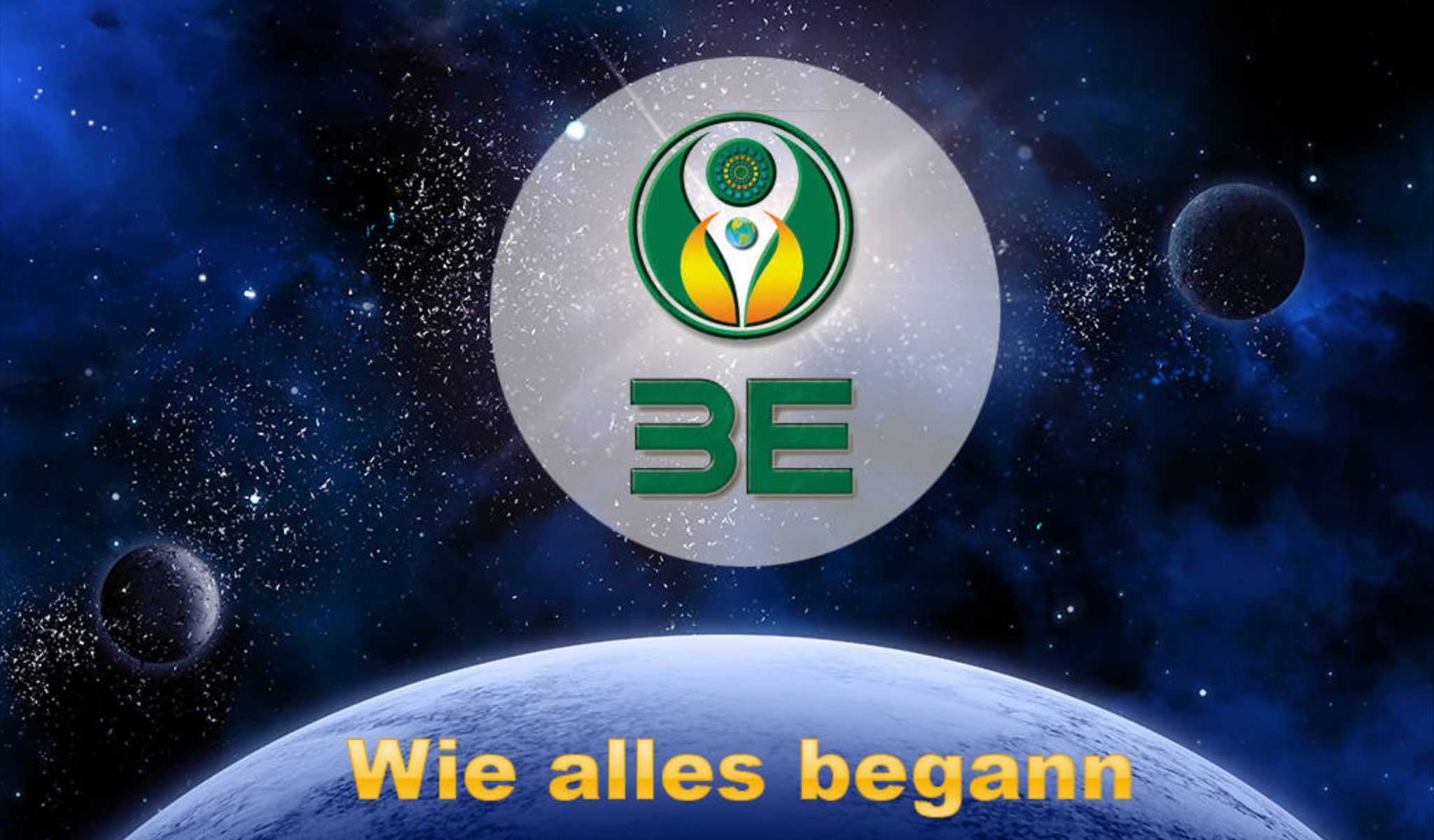

Secondly, we have seen time and again that tumors that are “attacked”, so to speak, i.e. killed, not only do not become smaller, but also sometimes start to grow faster under these therapies and patients additionally have to deal with the side effects of these therapies. Therefore, metastatic cancer patients and those with recurrences should also think very carefully about using cytostatic therapies at this stage. To avoid misunderstandings, we are not fundamentally opposed to cytostatic therapies and sometimes recommend, for example, vitamin C high-dose infusions or regional therapy in which cytostatic drugs are introduced directly into the tumor via a catheter. However, we have learned that the more advanced the cancer, the less effective cytostatic drugs are, and one must weigh the advantages and disadvantages very carefully. In any case, the focus must not be on cytostatic therapies, because they represent at most a gain of time, but not a way to cure.
And thirdly, we have seen over many years that not those people survived who could quickly destroy their tumors, but those who had a long-term concept in which they could primarily live a life in the parasympathetic nervous system. Or in other words, we were able to confirm the adrenaline theory of Dr. Waltraud Fryda for the most part. The co-founder of the 3E-Center, Klaus Pertl, has created the Onko Mind System from these findings over many years, which today is a central part of the 3E-Program. However, to live a parasympathetic life, it is necessary to either find the cause of one’s cancer and/or learn how to live stress-free. Here it is far from enough to tell someone to stop getting upset.

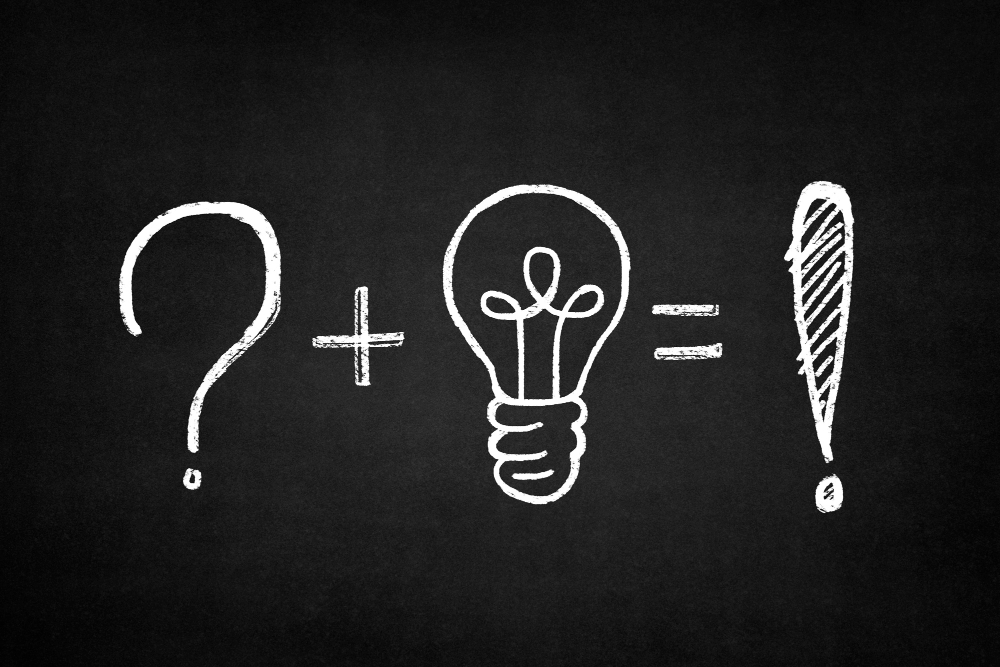
Why 3E program?
The royal road in cancer is the same as in any chronic disease: find out why you are sick. It must be considered truly tragic that this important point plays absolutely no role in today’s university oncology. The search for the cause, coupled with intensive parasympathetic training, probably distinguishes the 3E program from all other cancer therapies worldwide. Since we do not know in advance the individual reasons for cancer or how long it takes to find them out, we do not only rely on the psychological side, but also treat on a purely physical level. Not to mention that there can also be purely physical reasons for cancer. Our physical approach consists on the one hand of various detoxification measures and on the other hand of the most successful nutritional therapy for cancer: the oil-protein diet according to Dr. Johanna Budwig. Detoxification therapies and the original oil-protein diet as Lothar Hirneise was personally taught by the famous scientist are the basis of the physical therapies of the 3E-Program.
Of course, we are also familiar with and sometimes recommend many other holistic therapies, such as infusion therapies, PDT, enzyme therapies, mitochondrial therapies or, or, or. Unlike many other therapists, however, we use these therapies firstly much less frequently and secondly only in certain cases in addition to the 3E program, because we have learned over many years that all these therapies are secondary in terms of long-term healing and should only be used as a supportive measure.
For whom is the 3E program suitable?
Very roughly speaking, for every cancer patient. In more detail, however, the cancer patients who benefit most are those who are really willing to make the necessary life changes and are also able to exercise a minimum of discipline for the necessary detoxification therapies, dietary changes and important life changes.
Our 3E program has proven that it can help people with cancer. People who have understood that destroying tumors is only one side of the coin or tumor gone = cancer gone in most cases does not help at all or only for a few years. The goal of the 3E program, on the other hand, is basically a curative and a long-term approach. Of course, our goal is also that the tumor goes away, but this goal is not the only one for us as in university oncology. A body knows how to produce a tumor. But it also knows how to make a tumor disappear again when it is no longer needed.
Unfortunately, this approach, which used to be quite normal in university oncology, was lost in the last two decades of the previous century, and since then it has been all about killing tumors. So, if you understand that there is a difference between the goal of cure and the goal of symptom suppression in the form of tumor destruction, the 3E program will be able to help you too.
Do you have any questions? Then call us at: +49 (0) 7151-9813-271 or send us an e-mail at: Info@3E-Global.help.

